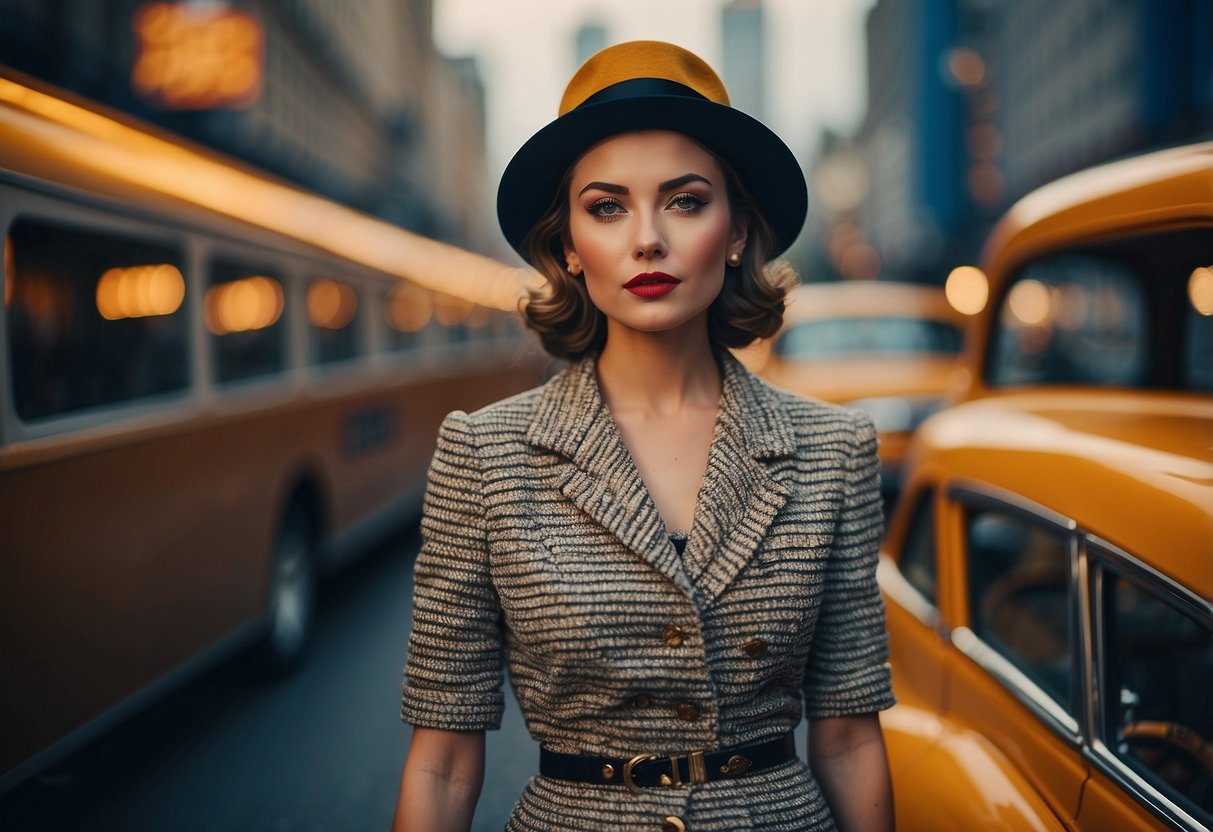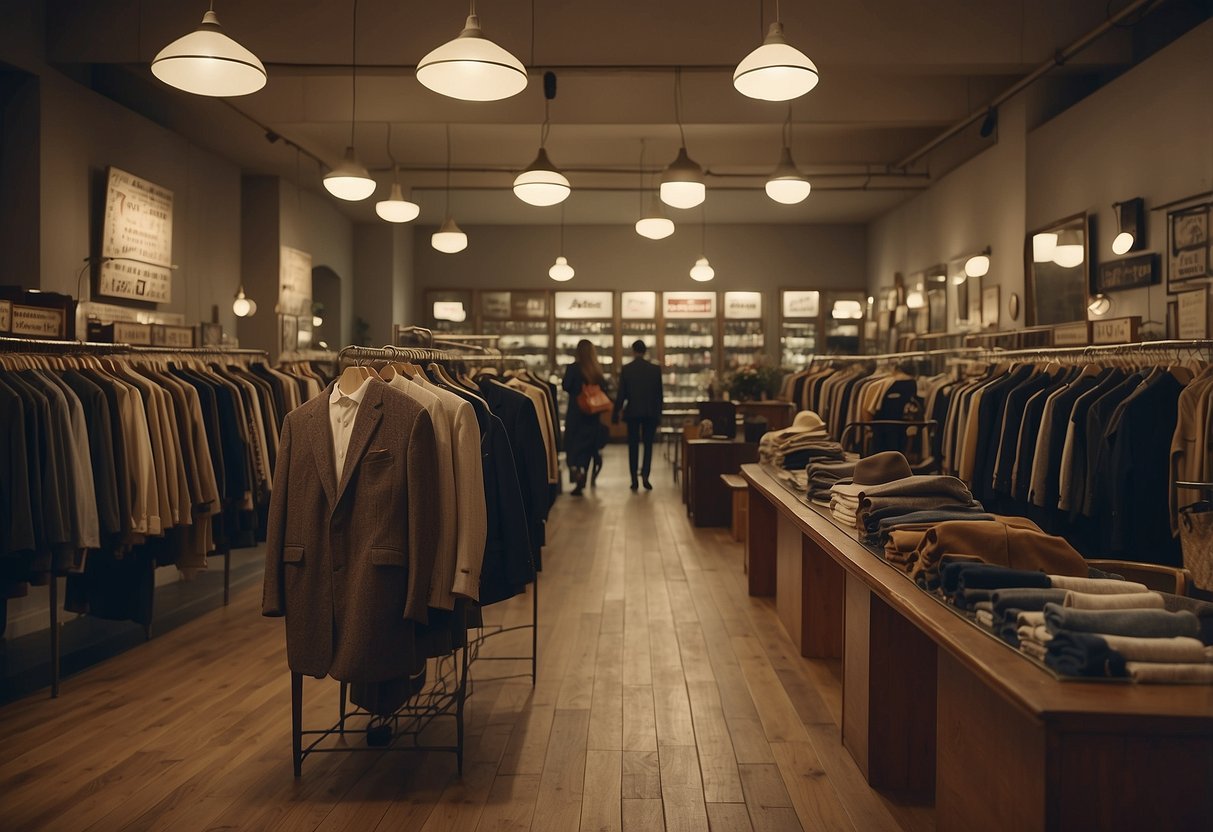
Benefits of Incorporating Vintage Pieces
Incorporating vintage pieces into modern wardrobes provides a unique blend of history and style. Vintage clothing often features distinctive cuts and patterns, adding originality to any outfit. It helps individuals express personal style in a way that mass-produced clothing cannot.
Vintage fashion is often more sustainable. Buying second-hand reduces the demand for new clothing production, decreasing overall environmental impact. It supports recycling and promotes a more eco-friendly lifestyle.
Wearing vintage pieces can also be economical. High-quality items from previous decades can sometimes be found at lower prices compared to contemporary designer brands. Investing in timeless pieces saves money in the long run.
Vintage garments often showcase superior craftsmanship. Older pieces tend to be made with higher-quality fabrics and construction techniques that are less common today. This level of durability can considerably extend the life of one’s wardrobe staples.
Incorporating vintage elements can enhance creativity. Mixing old and new styles allows for experimentation with different looks, encouraging a broader sense of fashion. It opens avenues for unique combinations that stand out.
Vintage shopping can become a hobby. Searching for unique pieces can be a thrilling and rewarding experience. It brings the excitement of discovery and adds sentimental value to fashion choices.
Lastly, vintage fashion often revives nostalgia. Wearing pieces from past eras can evoke fond memories or admiration for the aesthetics of those times. It allows one to connect with history in a personal and tangible way.
Understanding Vintage Quality and Authenticity

Identifying true vintage pieces requires a keen eye and some knowledge. Vintage items are often characterized by their craftsmanship and materials. Unlike many modern fast-fashion items, authentic vintage clothing may have stronger stitching and higher-quality fabrics.
Labels and tags can offer clues about the authenticity of a vintage piece. Older garments might feature tags from defunct brands or labels with dated logos. Examination of these tags can provide insights into the era and originality.
Stitching and seams should also be checked. Authentic vintage clothing often has hand-stitched or intricate sewing that stands out. Modern replicas may lack this level of detail and precision.
Fabric wear and aging signs such as slight fading or patina can also indicate authenticity. While new-looking items can be vintage, some level of wear is typical in genuine pieces.
Lastly, understanding the fashion trends and materials of different eras can help in identifying the authenticity. For example, certain fabrics and cuts were particular to specific decades, and recognizing these can aid in verification.



